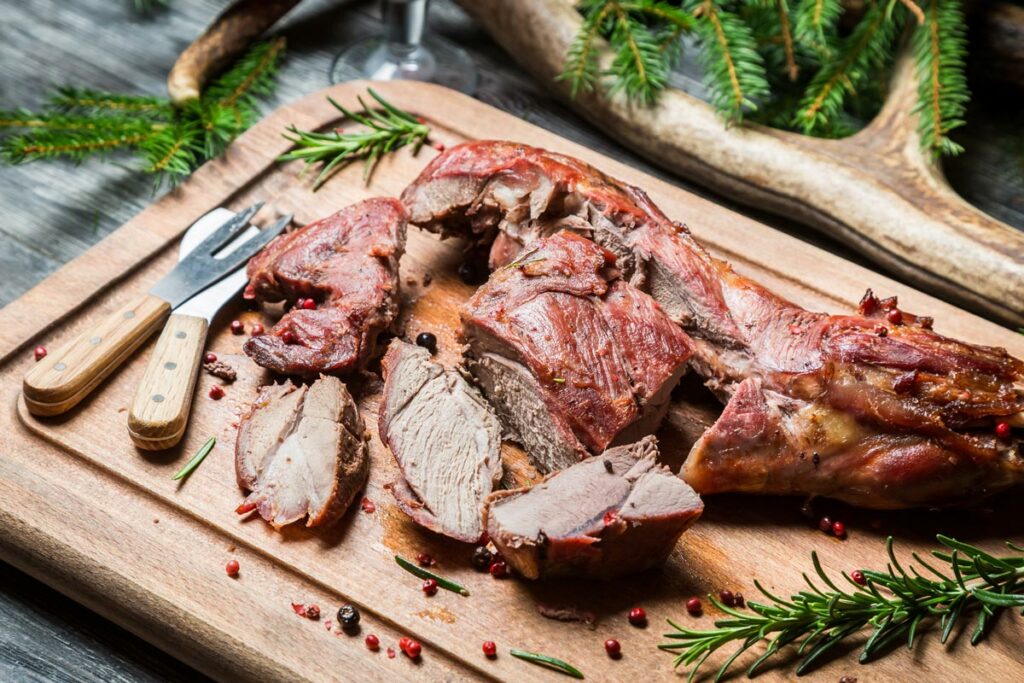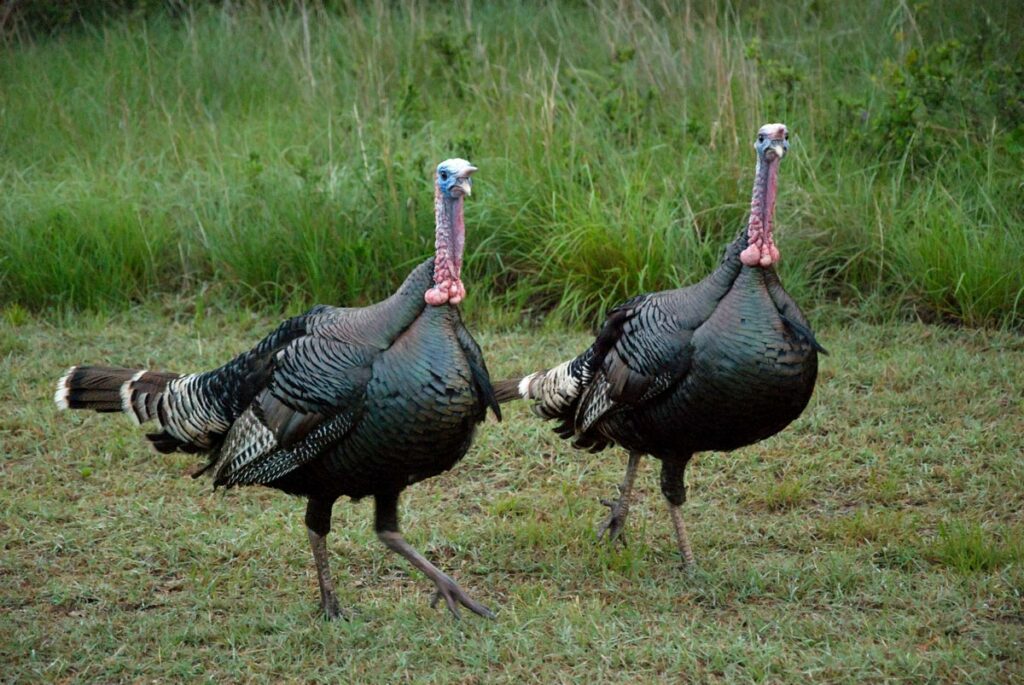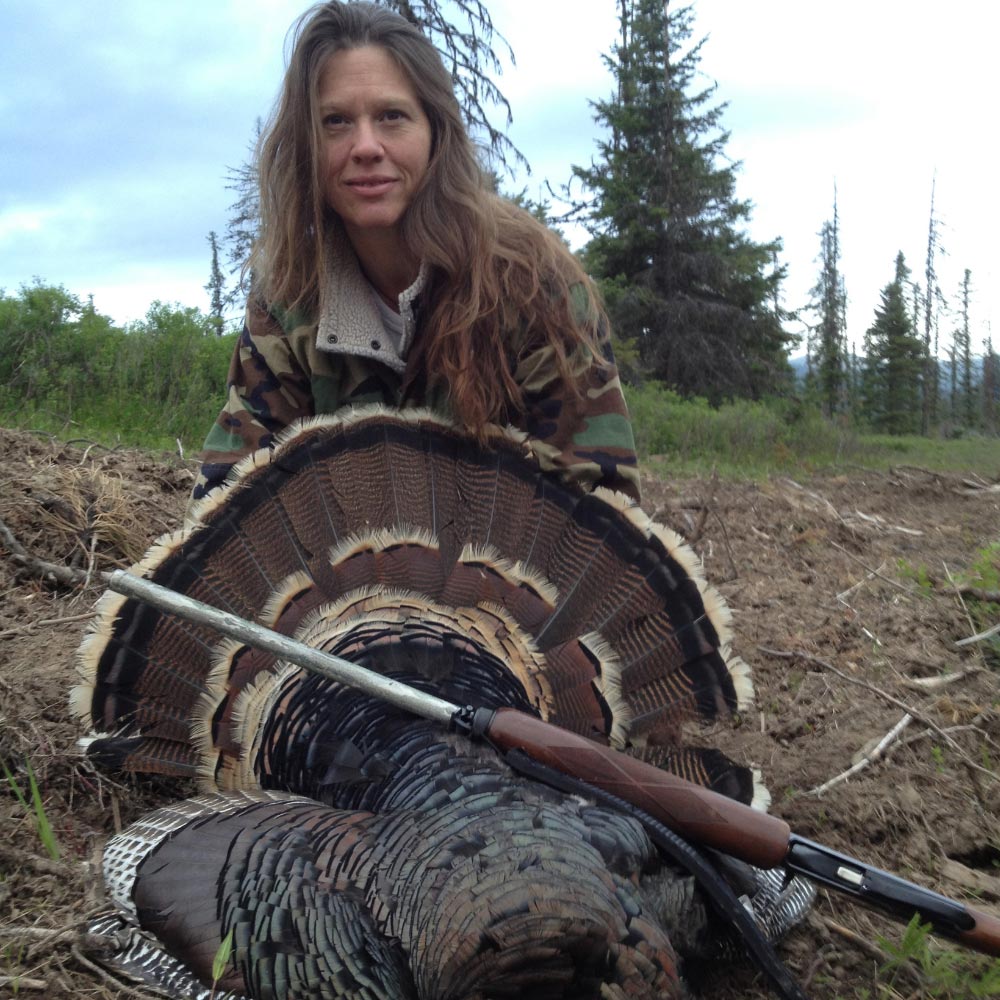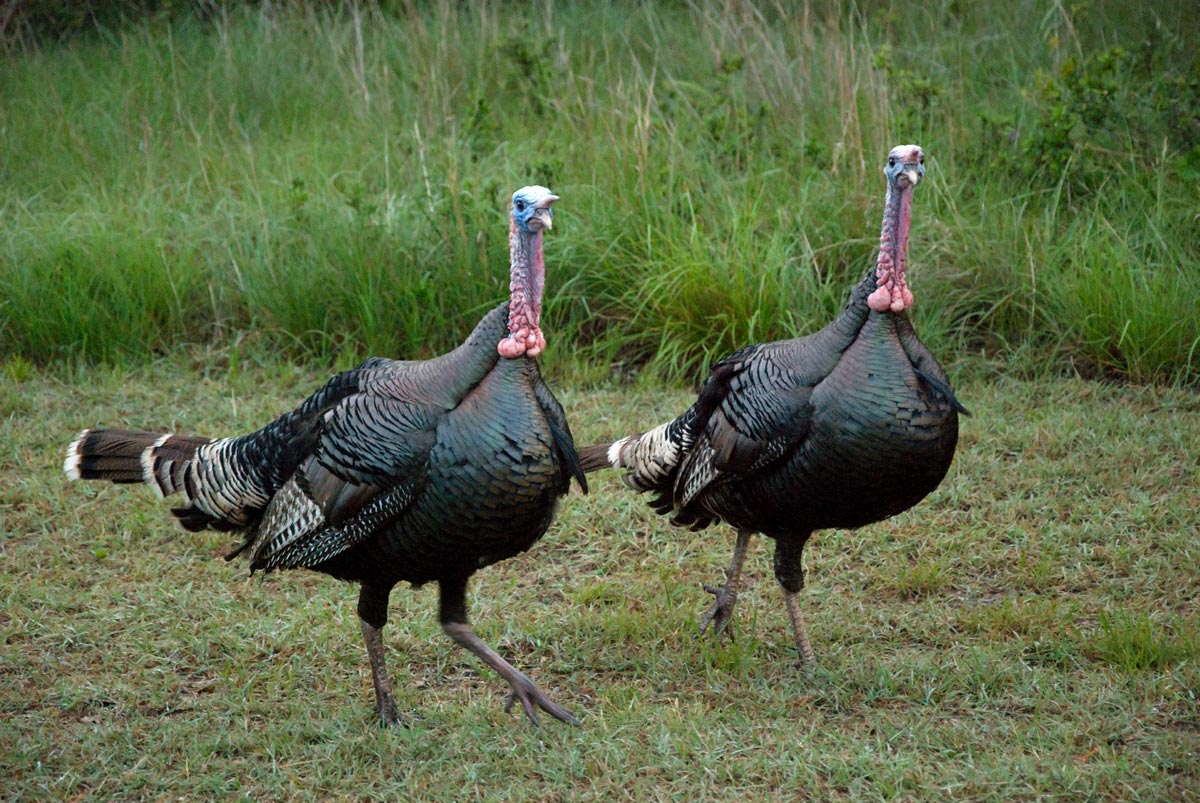If you're a hunter, you'll want to know these tips when cooking with wild game. People often think they don't like the taste or texture of wild game, but it likely has more to do with the cooking methods than the meat.

I am so excited Tammy is on the podcast today because she has so much experience with hunting and cooking wild game. I have only cooked venison and a little bit of buffalo, but beyond that, I'm a “newbie”.
Enjoy this podcast with Tammy Trayer of Trayer Wilderness as she shares her years of experience hunting, butchering and cooking wild game. This is episode #353 of the Pioneering Today Podcast.
If you're interested in hunting or think you might want to begin hunting, you may enjoy listening to Hunting 101 (episode #402) with Chris Gilmour as well.

Cooking With Wild Game (In This Episode):
- Does all wild game taste “gamey”?
- How to avoid a gamey taste in meat.
- Cooking tips and methods for wild game.
- The surprising taste of beaver!
- Butchering and curing meat.
- Proper temperatures for hanging meat.

Where to Find Tammy
You can find Tammy on her blog, Trayer Wilderness, and follow along on her family's journey of building an off-grid home on YouTube, Instagram, Facebook, and Patreon.
Tammy also shares about her six-year healing journey over at Breathe to Healing, as well as @breathetohealing on Instagram.
And she is the host of Mountain Woman Radio!
[fusebox_transcript]



